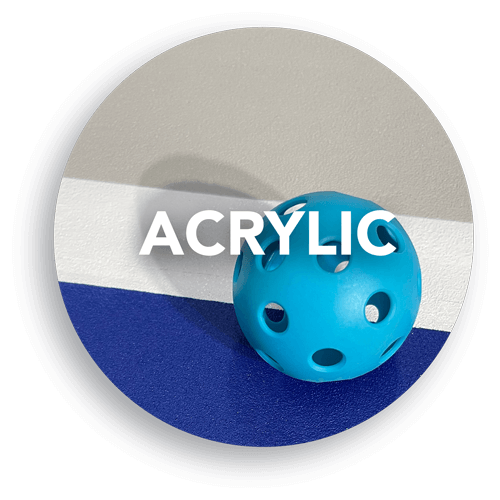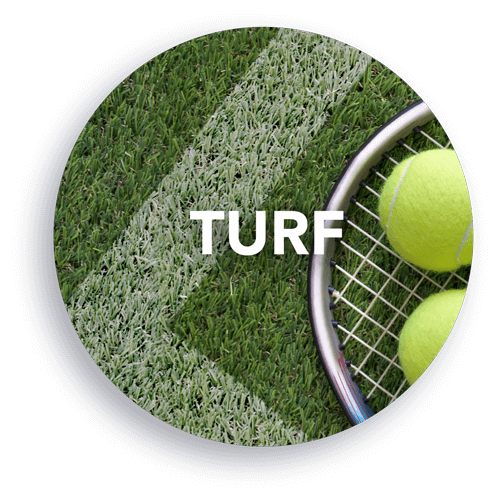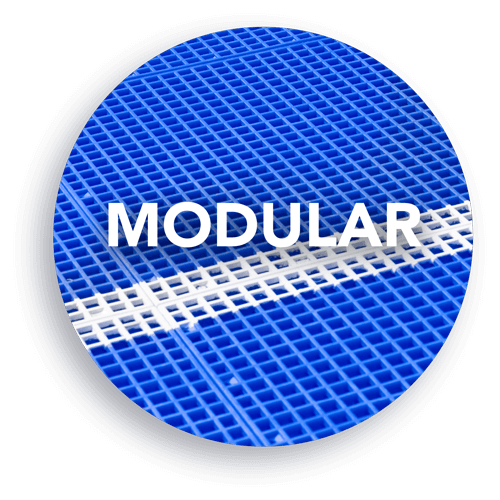Choose a surface and develop working specifications.
The single most important choice in planning a tennis court is the type of surface. Today, there are many choices. There is no perfect surface, but there may be a right surface for you, given your budget, level of usage, preferred style of play, location, Multi-sports played on the court, and maintenance. Learning about surfacing systems and choosing the best system for your circumstances are the keys to long term satisfaction.



Classification of Tennis Court Surfaces
To give you some idea of the number of choices available to a prospective owner, SportsWest Construction classifies tennis court surfaces as follows: Acrylic Hardcourt, Acrylic Cushioned, Synthetic Suspended Cushioned, Free-Floating Acrylic Cushioned, Synthetic Sand-filled Grass, Grass, Synthetic Clay, and Natural Clay.
Within each classification, there are additional choices for the owner brand-names, court speed, etc. Each type of surface has advantages and disadvantages. The choice of surface should be made carefully.
Tennis players, however, more commonly classify tennis courts as “hard courts” or “soft courts.”
A hard court is one made of asphalt or concrete, usually covered with an acrylic coating. The coating protects the court from the elements, enhances its appearance, and affects the playing characteristics of the court. Generally, a hard court yields what is known as a ‘fast’ game, meaning that a tennis ball bounces off the court surface at a low angle. The speed and angle of the tennis ball coming off a bounce are determined by the power and spin of the hit and are relatively unaffected by the surface of the court. This speed, however, can be adjusted depending on the amount, type and size of sand used in the color coating.
Properly installed, hard courts are generally considered to be durable and require relatively low maintenance.
When a resilient layer (or layers) of cushioning material is applied over a concrete court, a cushioned court results. Cushioned courts usually have excellent playing characteristics and an all-weather surface for year round play. These attributes make them popular with players but are considerably more expensive than hard courts. They come in a variety of ball speeds. .
Soft courts, including Synthetic Suspended, clay, grass and sand-filled synthetic turf, are quite popular with players because they are easy on feet, back and legs. They generally provide a cool, glare-free surface. Clay and grass courts are not recommended in Southern California because of daily maintenance and high water costs. Synthetic suspended cushion courts are the best surface for multi-sport applications
SportsWest Construction can supply a number of publications which provide additional information on tennis court surfaces. Once a surface is chosen it may be advisable to utilize a design professional or consultant to assist in developing court specifications including grading, retaining walls, concrete, fencing, lighting, customization with other sports, etc. SportsWest Construction is here to help with this! We can also recommend a civil or soils engineer to assist in the development of your new court construction.
Let’s get you playing Tennis or Pickleball on our dream court.
